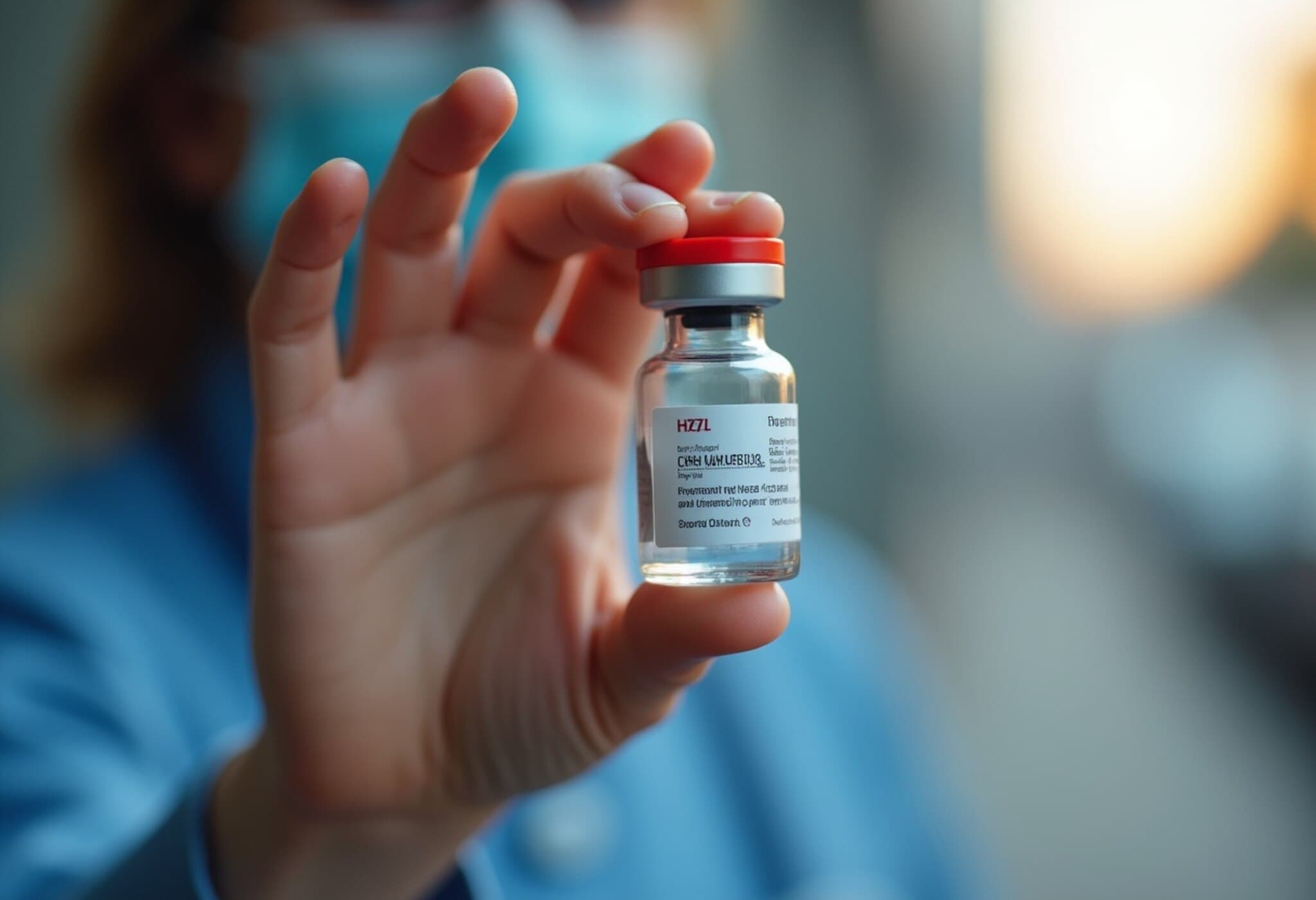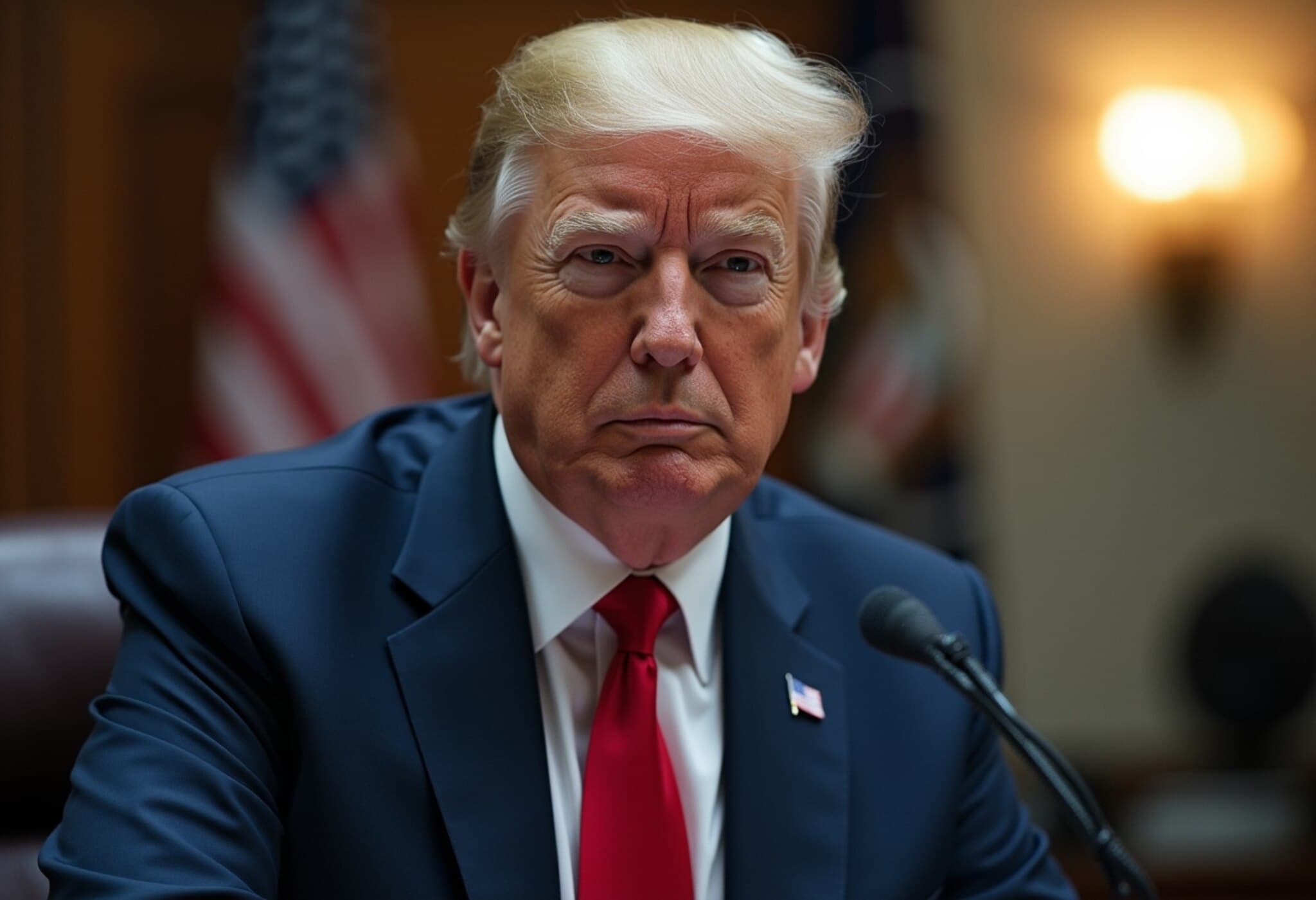Pfizer Boosts 2025 Profit Forecast Following Robust Q2 Results
Pharmaceutical giant Pfizer has revised its full-year adjusted profit forecast upward, driven by aggressive cost-cutting measures and a resilient business performance in the second quarter of 2025. The company's recent earnings report surpassed Wall Street expectations, signaling a more optimistic financial outlook despite ongoing pressures from regulatory challenges and trade uncertainties.
Q2 Earnings Outpace Analyst Expectations
On Tuesday, Pfizer revealed that its adjusted earnings per share (EPS) for Q2 reached 78 cents, substantially higher than the 58 cents predicted by analysts. Revenues rose to $14.65 billion, reflecting a 10% increase year-over-year and exceeding the market forecast of $13.56 billion. Net income soared to $2.91 billion or 51 cents per share, a marked improvement from the mere $41 million recorded during the same quarter last year.
Cost-Saving Initiatives Propel Profit Growth
Pfizer has been aggressively trimming its expenses as part of two ongoing cost-cutting programs aiming to save approximately $7.7 billion by the end of 2027. These efforts have helped cushion the company amid the natural waning of Covid-related revenues and broader industry headwinds. Total adjusted profit guidance for 2025 has now been increased to a range of $2.90 to $3.10 per share, up from an earlier forecast of $2.80 to $3.00.
Revenue Strength Driven by Key Pharmaceuticals
The surge in sales was notably backed by gains in specific drug categories. Pfizer’s Vyndaqel series, designed for treating cardiomyopathy, delivered strong revenue growth. Additionally, Covid-related products remain a significant pillar, even as the global pandemic's acute phase subsides.
- Covid Vaccine (Comirnaty): Revenue doubled to $381 million, driven by increased market share and higher contractual international deliveries. This figure surpassed analysts’ expectations of approximately $205 million.
- Covid Antiviral Pill (Paxlovid): Sales reached $427 million, up 70% year-over-year, buoyed by a rise in U.S. net pricing despite offsetting factors like declining infection rates and reduced government purchases internationally.
Navigating Regulatory and Trade Challenges
Pfizer’s optimistic forecast arrives amid a challenging political context. The company is navigating potential policy changes spurred by the Biden administration’s push for lower U.S. drug prices, echoing ongoing public and political scrutiny of pharmaceutical costs. Moreover, Pfizer contends with existing tariffs on imports from China, Canada, and Mexico, as well as potential new levies specifically targeting the pharmaceutical sector.
Pfizer’s financial outlook already integrates some costs related to these tariffs, though the company has not disclosed specific impact figures following recent governmental announcements urging price reductions. A $1.35 billion charge, tied to a licensing deal with Chinese firm 3SBio for cancer treatments outside China, will be booked in Q3 and slightly temper the year-end results.
Industry Context: Pricing Pressures and Innovation Imperatives
This earnings report highlights the tightrope that pharmaceutical companies like Pfizer must walk—balancing innovation, cost efficiency, and political pressures. While Covid therapies have bolstered recent revenues, sustainable growth depends on diversifying pipelines and managing escalating calls for drug price reforms across the United States.
Looking Ahead
Pfizer’s maintained revenue outlook of $61 billion to $64 billion for 2025 underscores confidence in its broad product slate and operational strategies. However, investors and policy watchers alike will be closely monitoring the company’s ability to adapt to evolving trade policies and the White House’s aggressive stance on drug affordability.
Editor’s Note
Pfizer’s upgraded profit outlook reflects more than just short-term gains. It underscores a pharmaceutical landscape in flux, where cost discipline intersects with political imperatives for affordability. As Pfizer navigates these dynamics, critical questions remain: Can the company sustain growth amid mounting regulation? How will innovation balance against public demands for transparency and pricing equity? These tensions define not only Pfizer’s future but the broader health sector’s evolution in America.












